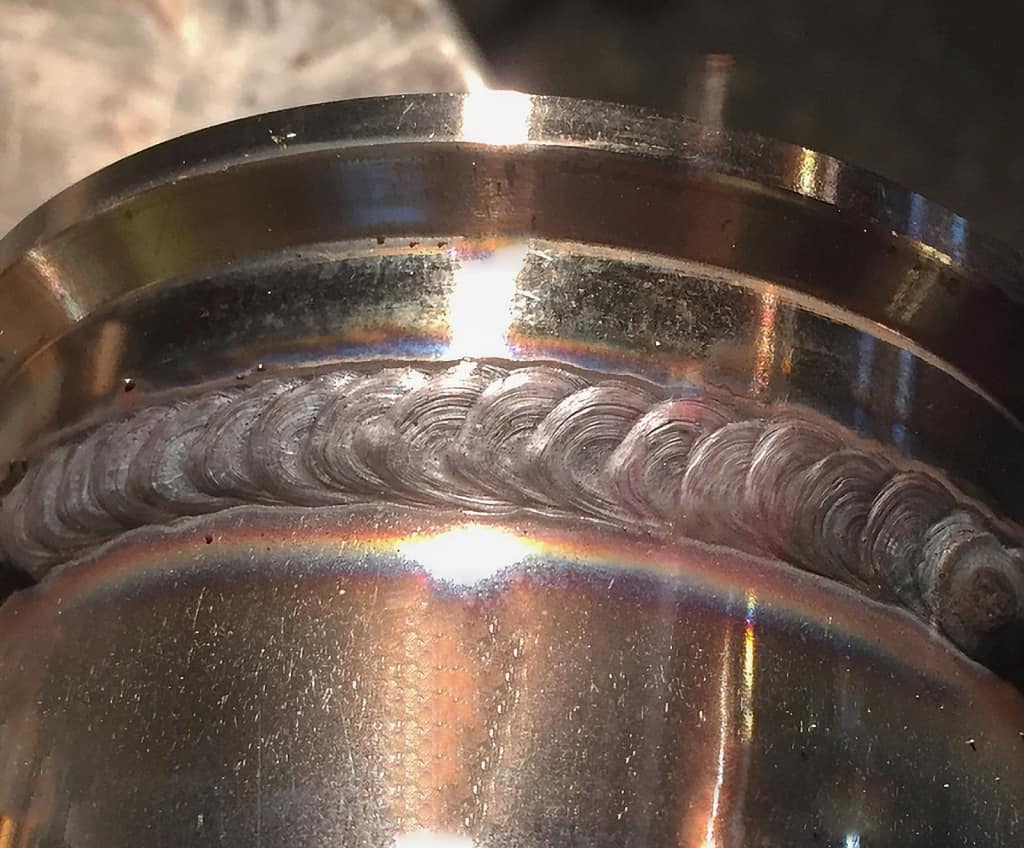One bad weld can bring down a bridge. So when it comes to picking the right welding method, you can't mess around. There are three welding techniques that rule the industry: MIG’s speed, TIG’s precision, and Stick’s brute-force reliability. We'll walk you through how each one works, what they'll cost you, and when to use which method so you can weld with confidence instead of crossing your fingers and hoping for the best.
MIG Welding: The Assembly Line Powerhouse
MIG (Metal Inert Gas) welding feeds a continuous wire electrode through a torch while inert gas (argon or CO₂ mix) shields the molten pool. This creates fast, clean joints ideal for thin-to-medium thickness metals like automotive panels or HVAC ducts. But surfaces must be clean since rust or paint causes contamination 12.

During a 2023 pipeline expansion in Texas, crews used MIG to weld mile-long aluminum irrigation channels. The wire feeder’s steady “hum” allowed 18-hour production runs, though morning dew forced constant surface polishing.
TIG Welding: The Surgeon’s Torch
TIG (Tungsten Inert Gas) welding uses a non-consumable tungsten electrode and handheld filler rod under argon gas. This grants unmatched control for thin materials, think stainless espresso machines or motorcycle exhausts. I’ve watched aerospace teams at Boeing spend hours perfecting titanium brackets, their foot pedals modulating heat like pianists 34.

TIG welding action shot with foot pedal focus

Stick Welding: The Outback Warrior
Stick welding’s flux-coated rods burn to create shielding gas and protective slag, making it the go-to for dirty or windy sites. When Hurricane Lidia battered Oregon’s coast last year, repair crews used Stick to rebuild barn roofs caked in salt spray. Post-weld slag chipping became their daily therapy 24.

Equipment and Costs: Setting Up Shop
| Method |
Key Components |
Cost Range |
Best Environment |
| MIG |
Wire feeder, gas cylinder |
$200–$2,000 |
Indoor factories |
| TIG |
Tungsten electrodes, foot pedal |
$500–$5,000+ |
Workshops, labs |
| Stick |
Rod holder, flux electrodes |
$100–$1,000 |
Farms, construction |
|
|
|
|
| Stick’s low upfront cost attracts ranchers and DIYers, while TIG’s price reflects its micro-welding capabilities—I once met a jeweler who spent $4,200 on a welder to fuse platinum engagement rings. |
|
|
|
Safety First: Risks Across All Welding Processes
Fume Hazards
Physical Dangers
- UV Radiation: TIG’s bright arc demands auto-darkening helmets (seen a welder’s “sunburned” neck? Ouch).
- Slag Explosions: Wet Stick electrodes can erupt, so store rods in dry lockers 910.
Skill Levels: From Garage Hobbyists to Artisans
-
MIG: Learn basics in a weekend. My neighbor’s 14-year-old daughter welds garden art.
-
TIG: Requires years. Certified pros often train 6+ months on aluminum boat hulls.
-
Stick: Master arc length in 20-30 hours. Utah’s pipeline unions test apprentices on vertical welds 1112.

Modern Innovations Reshaping Welding
-
TIG’s Digital Leap: Inverter tech enables Arctic researchers to weld aurora-tracking satellite mounts at -40°F 1314.
-
MIG’s Smart Era: Bluetooth-enabled guns now adjust wire speed via smartphone. Tesla’s Fremont plant runs these.
-
Stick’s Flux Upgrades: New cellulose coatings let Maine lobstermen repair traps on rocking boats 14.

Choosing Your Process: A Decision Map
-
Metal Thickness
- Under 1/8 inch: TIG
- 1/8–1/2 inch: MIG
- Over 1/2 inch: Stick
-
Environment
- Indoors/clean: MIG/TIG
- Windy/dirty: Stick
-
Budget
- Under $500: Stick
- $500–$2k: MIG
- Unlimited: TIG
When Denver’s sculpture park needed to fuse 1/4" stainless plates outdoors, they rented a $1,800 MIG rig with windbreak tents. Meanwhile, in Houston’s shipyard, you’ll hear Stick welders buzz nonstop on 2" steel hulls.
Environmental Impacts: The Hidden Cost of Sparks
- TIG: Highest energy use (1.3x MIG’s footprint). Switch to pulse mode cuts consumption 30% 1617.
- MIG: Fumes harm nearby crops; Iowa farms use $800 fume extractors.
- Stick: Slag landfills are mounting. Wyoming’s Wind River Reclamation recycles 72% of rod waste.
Final Word
The welding method you pick really comes down to three things: material, location, budget. If you got a weekend deadline for some patio furniture, MIG welding will get you there fast. Working on a classic Ferrari restoration? You'll want TIG for that precision work. And if your stuck fixing farm equipment in the middle of an Iowa snowstorm, Stick welding is your best friend.
Pick the right tool for the job, and your welds will hold up no matter what you throw at them.

